overview
Beyond strict written and visual media as conveyors of arguments, this session will explore how algorithms can be designed and implemented in order to suggest possibilities, courses of actions, and worldviews upon their audiences.
summary
- intro
- intro
- homework review
- homework review
- procedural rhetoric
- procedural rhetoric
- morals in interactive systems
- morals in interactive systems
- seeing through a computer
- seeing through a computer
- outro
- outro
intro
procedural rhetoric
welcome!
plan for the day
how can algorithms and dynamic behaviour persuade?
-> interactions
-> procedural rhetoric
-> morals in computer programs
-> seeing through a computer
show & tell
-> sharing a link for all to play on itch.io
-> 4min video recording
-> 2 slides before, 2 slides after
homework review
raycasting
what kind of raycasting did you implement?
what are you affecting? how and why?
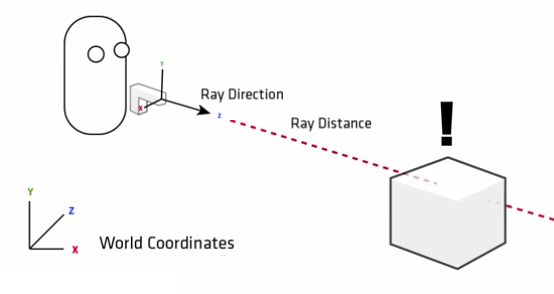
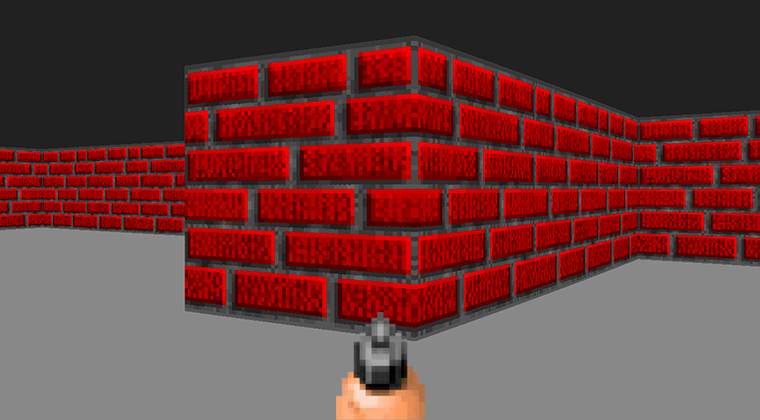
The second picture is from Wolfenstein 3D, the first game to implement real-time 3D graphics on a personal computer.
project progress
short checkin
what you've done, what you're doing next
interaction(s)
how does the visitor interact in your world?
with what?
what does it affect/trigger? the space? objects? the visitor?
does it create things? does it change them? remove them?
why? how is this related to the story of the world?
list at least one main interaction, and a couple of secondary interactions
results:
jesse & frost
- player decides if they destroy people underground or let them live
- underground presents a threat
- if no report, then message from underground
- voice overs from the player (building an image about the world) -> feeling of solitary/loneliness/last person on the earth
lu & shu
- opening scene: room in the city -> countryside transition
- click cat doll, get together into the transition machine (red -> yellow -> green)
- transition in terms of height (changing the sound of footsteps, camera focus/fov)
yuchen & shaun
- walk/drive around the open world (landmarks/beacons), all roads leading to the bubble
- going towards the origin of the world (related to a dust storm: low visibility), finding some clues
- choice about city vs. countryside, single vs. group
hiren & amanda
- tourist follows the tour
- moving sliders to recreate a cargo colosseum
- interaction only going one way -> forward
- single-point interaction of activating gravity on cargos
art gallery
- coin interaction in an annoying, tacky way
- info box about the room
experience disabilities
- passive interaction: having a disability
- active interaction: device to get rid of disability
meta-metaverse
- teens in different spaces (educational and social)
- interaction is travelling to other spaces
procedural rhetoric
suggesting worldviews
what did you think of the procedural rhetoric reading?
rhetoric -> communicating with the intent to convince (rational)/persuasion (emotional)
- speech rhetoric (i have a dream)
- visual rhetoric (obama poster, labels on cigarettes)
- film rhetoric (high angle shots, low angle shots)
- procedural rhetoric
what do you think is the game about? is it trying to prove a point?
persuading processes
the art and activity of communicating an idea exclusively through the laying out of rules to be enacted.

Procedural rhetoric, then, is the ability to develop a system of rules which provides a statement about a particular world, about a particular group of people, about a particular practice, without ever being explicit about that statement.
It is a different way to apprehend a problem: not by listening/reading an argument, not watching a poster or a movie, but instead acting through the consequences of a situation.
biased systems
working with or against a certain grounding assumption
balancing inputs and outputs force the user to find a certain kind of equilibrium
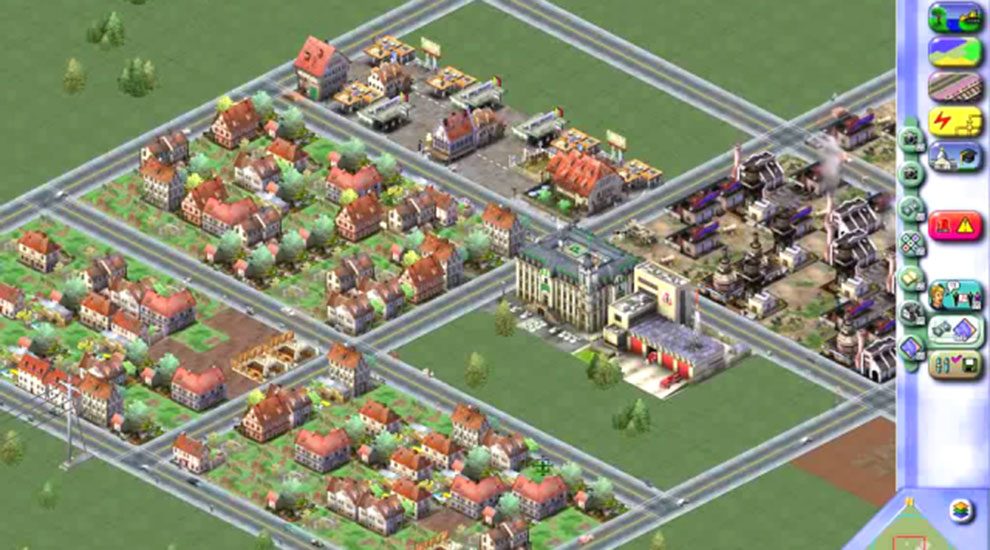
Because systems are designed by humans, and humans are biased, this bias can be more or less overtly detected when performing the system (i.e. playing the game, using the app). The most dangerous, that is the most harmful, form of bias is that which is covered, unseen. When the bias is obvious, then a conversation can happen between the player and the system regarding what one really wants.
The interesting part is then to allow individuals to react to this state of things: whether they decide to go full on, or decide to stand up to the working assumptions.
morals in interactive systems
choice in the digital
choice is a pre-requisite for moral behaviour.
-> examples of choice (or lack thereof) in digital systems?
- google maps gives you options on how to get somewhere (depends on transportation)
- terms and conditions, website cookies
- android (more choice, more danger) vs. apple app store (less choice, less danger)
- soundcloud single-device policy
- video playback speed varies
- needing to have an account to access a new app (login with fb, etc.)
- bandcamp vs. music store vs. spotify
- incompability with VPN
- autoplay on netflix
- having to see commercials on youtube
- for audio translation, speak in a very specific standard way
- update the software or you cannot use it
- soundcloud: forcing only one use at a time
- trying to connect on public wifi requires public information
- wechat replacing paper menus
As designers, we have a huge say in how much choice a user can have in our system. However, this is not limited to pre-determining what the user is going to do: they can engage with the system differently, antagonistically, critically.
Choosing to shoot or not shoot in FPS. Choosing to accept cookies are not on websites. Choosing to share a connection with another user account.
Still, we can provide narrow choices or wide choices: narrow choices reduce the chance for moral behaviour, while wide choices widen the range of moral (and immoral) behaviour.
computers as theaters
brenda laurel, in her eponymous work, makes an argument for computers and computer interfaces, being a stage in which we, as the user, we enact a role.
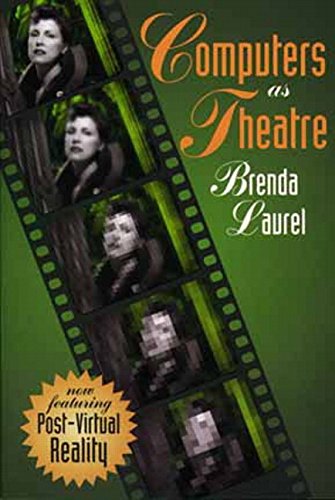
computer interfaces are stages to be performed on.
user personas:
- the hero

- the tipper

- the integrated
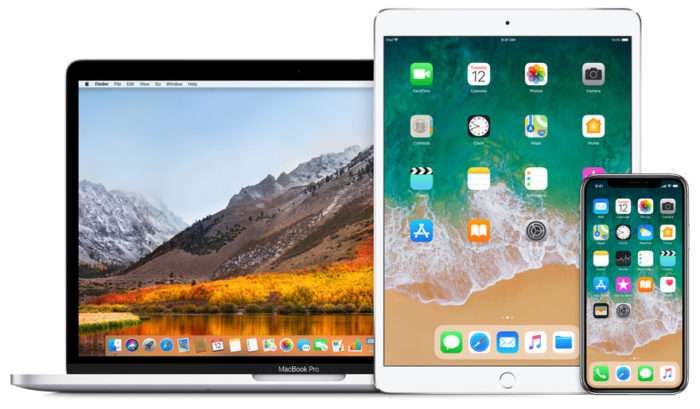
If computers are indeed theaters, then it is interesting to turn to the audience/stage relationship in theater as a parallel between the user/system relationship in personal computing.
Several modern playwrights and philosophers (Bertolt Brecht, Augusto Boal, Jacques Rancière) have argued that this relationship was traditionally unbalanced: that it the stage was active while the spectator was passive. Involving the spectator, then, becomes an exercise of emancipation from oppression. The audience is being asked for their opinion, for their critical engagement, and sometimes even for their physical engagement.
The overarching concept in these approaches is valid both in theater and in computer systems: it's about not taking the spectator/user for dumber than they are.
Here is a comparison about the assumptions made between Mac and non-Mac interfaces.
seeing through a computer
a moral choice
how do we actually create interesting (moral) choices?
moral choices are just the extension of any interesting choice in digital systems;
they imply a tradeoff.
they have consequences on the short-, medium- and long- term.
narrow choices
few choices or choices with few implications
for instance, GTA.
wide choices
a wide range of choices or choices with far-reaching implications
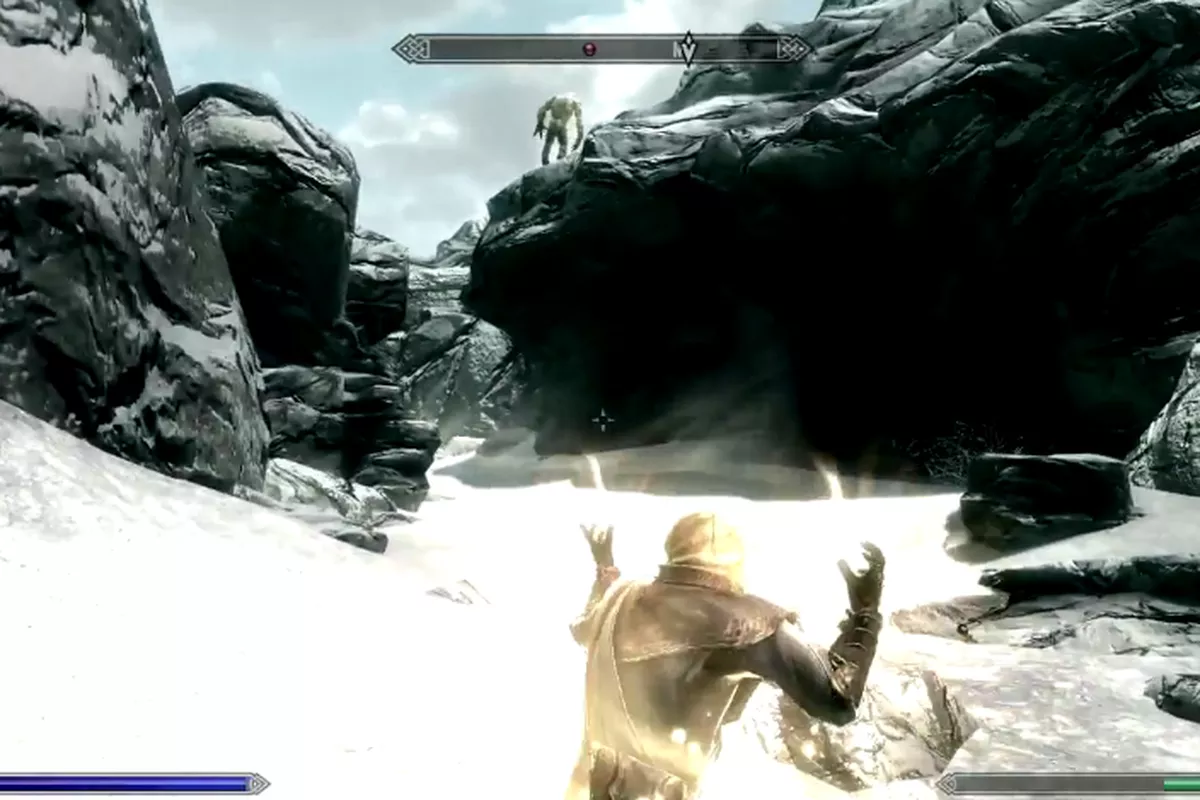
The first picture is taken from a MIT experiment in the moral system of self-driving cars, the moral machine.
The second picture is taken from Skyrim, in which a player has decided to go through the whole game without killing anyone. While the game boasts wide-ranging choices, as in most open-world games, we are still faced with the reality that it is impossible to complete without taking someone's life, showing both the ingenuity of players and the limits of digital rulesets.
seeing through a computer
we should remain (at least a little) aware that we are using computers, and that this technology facilitates a certain kind of perspective.
Without going too deep into technological determinism (i.e. technology completely rules what we are allowed to do or not.
Kinds of worldviews embedded in a computer system:
-> still distant, immersion
-> automated simulation, never interacting with the "real"
-> numbers (start from quantity)
-> interactivity
operating systems
what are some traditional assumptions of operating systems?
- small group of highly skilled individual
- file hierarchy
- high level of abstraction
- user privileges
what would be some assumptions of a feminist operating system?
- through the process of designing it
- more user-testing, more collaborative design processes
- increasing the transparency in what we're using (customization)
- non-linear file association, more flat, how files are relative to each other
- direct manipulation of objects
- lack of user privileges
outro
conclusion
setting up rules to be enacted can persuade people. user reactions to those rulesets can also demonstrate opposite worldviews.
whether those rules have wide or narrow consequences affects the moral implications.
computers use process metaphors to assume behaviour in their users.
homework
final project
starting to build your space, and populate it with items.
technical
this homework focuses on events, a way in unity to make a lot of different objects react to the same thing.
and coroutines.